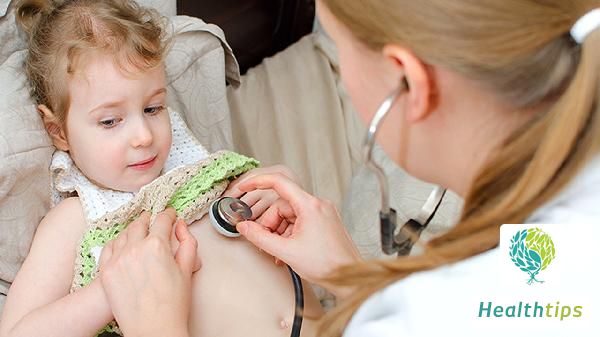"How Many Ways Can Hepatitis B Be Transmitted?"
Hepatitis B
Hepatitis B generally refers to viral hepatitis caused by the hepatitis B virus (HBV). There are four main modes of transmission for hepatitis B: mother-to-child transmission, blood transmission, sexual contact transmission, and transmission through skin and mucous membranes. Detailed explanations are as follows:

1. Mother-to-Child Transmission
If a pregnant woman has hepatitis B, the virus may infect the fetus through the umbilical cord, leading to the baby contracting the disease. Pregnant women who are hepatitis B carriers should take antiviral medications such as Telbivudine Tablets and Tenofovir Disoproxil Fumarate Tablets for three months before pregnancy and four months after delivery, as prescribed by a doctor. Additionally, combined immunization with hepatitis B vaccine and high-titer hepatitis B immunoglobulin should be administered to newborns to reduce the risk of mother-to-child transmission.
2. Blood Transmission
Transfusion of blood or blood products contaminated with HBV, or the use of inadequately disinfected medical instruments such as dental tools, blood collection needles, acupuncture needles, and endoscopes, can lead to the spread of HBV. Sharing injectors, razors, toothbrushes, and other personal items can also transmit the virus. It is recommended to avoid transfusion of blood or blood products that may be infected with HBV and to refrain from sharing personal items such as injectors, razors, and toothbrushes.
3. Sexual Contact Transmission
Sexual contact is another common mode of HBV transmission. Unprotected sexual contact with an HBV-infected individual, especially for those with multiple sexual partners or engaging in male-to-male sexual behavior, poses a higher risk of contracting HBV. The use of condoms and other safety measures is advised.
4. Transmission Through Skin and Mucous Membranes
HBV can enter the body through broken skin or mucous membranes. It is recommended to avoid contact with broken skin or mucous membranes to minimize the risk of transmission.
Clinically, hepatitis B is characterized by symptoms such as loss of appetite, nausea, upper abdominal discomfort, pain in the liver area, and fatigue. Maintaining personal hygiene and adhering to safety precautions, such as using condoms for safe sex, avoiding shared injectors, ensuring the disinfection of medical instruments, and receiving blood transfusions from reputable hospitals, can reduce the risk of hepatitis B transmission. Vaccination against hepatitis B is also a crucial preventive measure. Importantly, HBV is not transmitted through respiratory or digestive tracts, so living, studying, or working with HBV carriers does not pose a risk of infection.



















